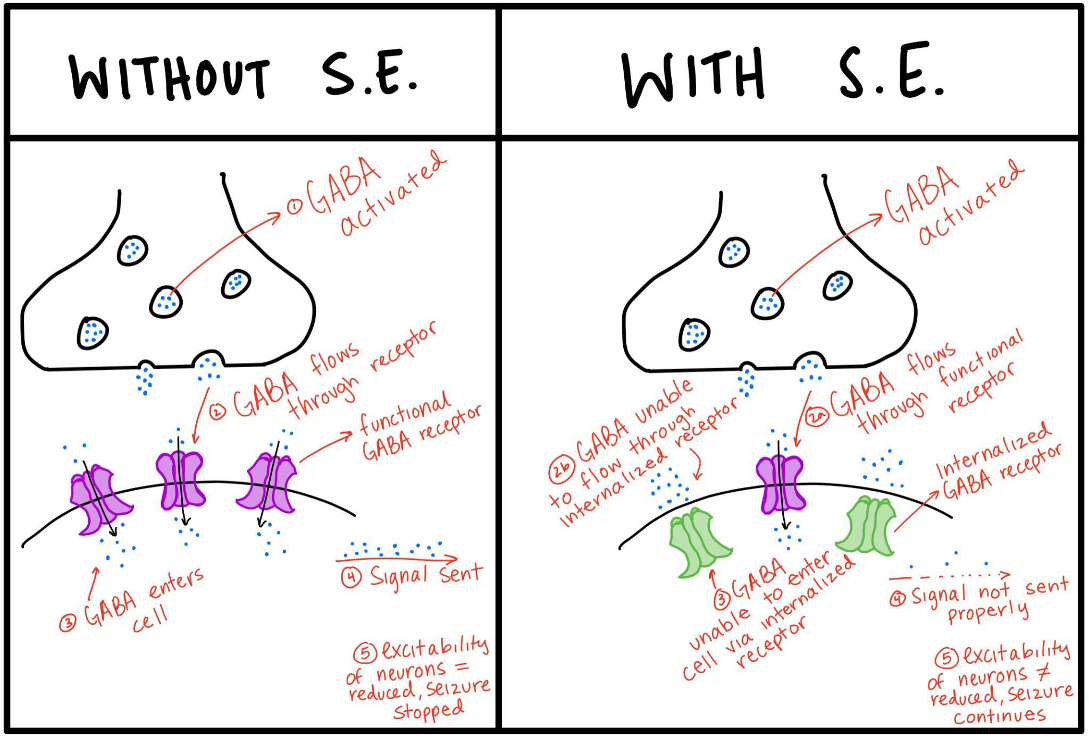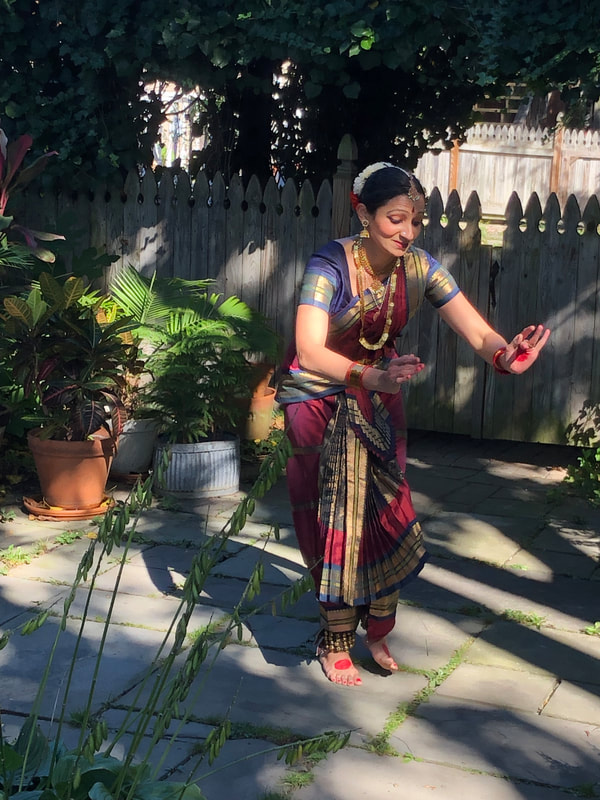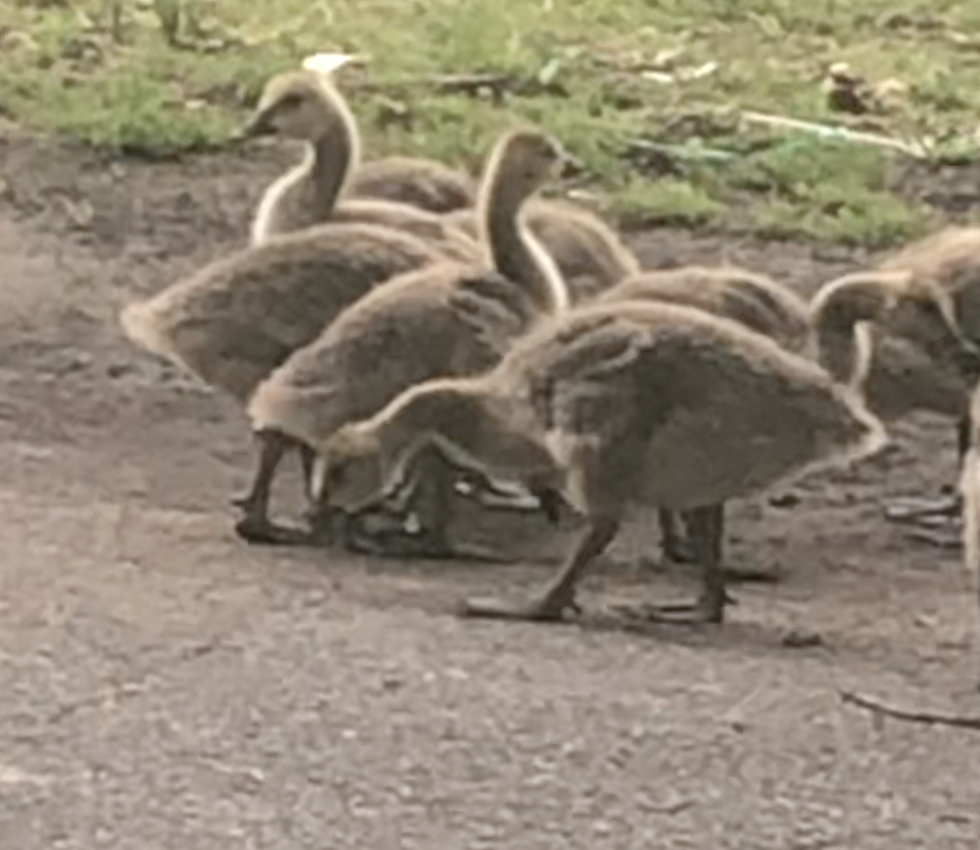|
How does my dance training make me a better scientist?
1 Comment
How does my scientific training make me a better dancer? 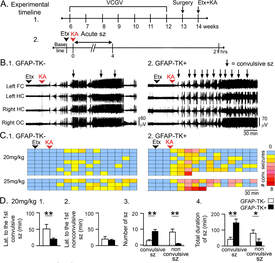 Figure from my paper on adult neurogenesis [3]. Figure from my paper on adult neurogenesis [3].
How I engage with dance as a scientist, and with science as a dancer 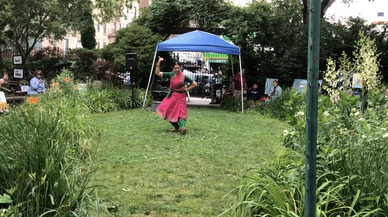 Dancing at the RING Garden in uptown Manhattan. Dancing at the RING Garden in uptown Manhattan. In episode 1 of Vichaar, I gave an overview of the project, and in episode 2, we saw how movement relates to dance, and how the brain enables and perceives movement. While the production brings together my professional identities, this work is also a deeply personal one. In the next two posts, we will look at how science makes me a better dancer, and how dance makes me a better scientist. At first glance, it may seem that there is nothing in common between art and science. The scientist's life consists of developing hypotheses, finding ways to address them, and communicating these results to the scientific community and ideally, to those outside the scientific community. Could there be any points of convergence? My experience as a practitioner of Bharatanatyam and neuroscience convinces me that there are! While not all the points may resonate exactly this way with all of you, I think there is soemthing deep and meaningful about artistic expression as it relates to our lives. What are some ways in which art enriches your life? Movement and mobility for survival
I find that animals and wildlife around me inspire to think about movement in a different way. Are there animal movement patterns that inspire you? Citations:
|
About SlokaMy name is Sloka. I am a neuroscientist and Bharatanatyam dancer; you can find more about me here. Archives
June 2024
|
